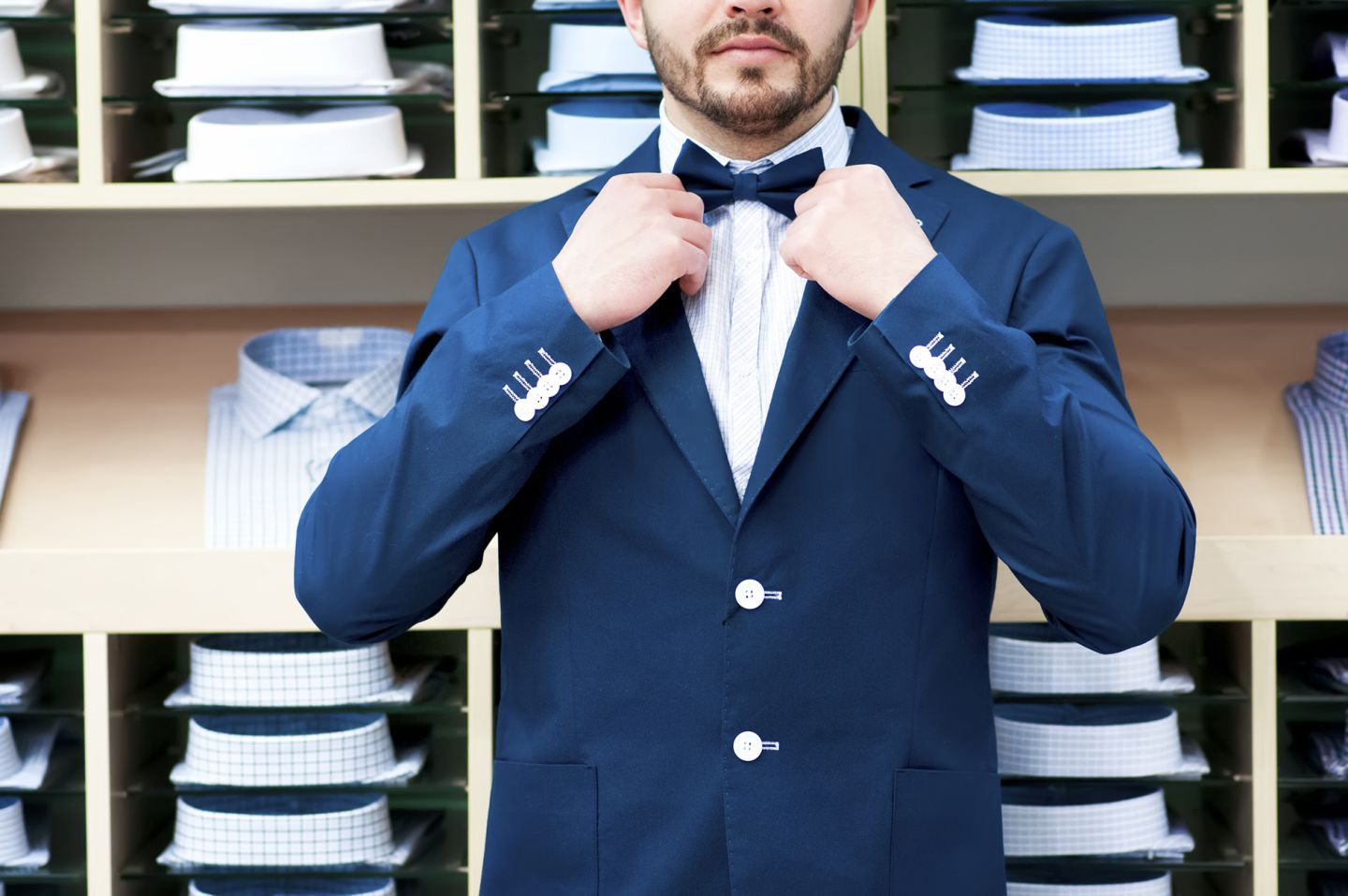Once an afterthought in the apparel landscape, male consumers are now becoming the new darling of the fashion industry.
Over the past few years, men have increased their shopping activity and taken a greater interest in their overall appearance, as well as in the latest trends and styles.
And as men’s interest in fashion heightens, so does their spending.
Exceeding growth in women’s wear for the past five years, menswear grew 5% in 2013 and shows no signs of slowing down.
In the $400 billion U.S. men’s fashion industry, men’s-only clothing stores are set to bring in $9.6 billion in revenue in 2014, a 2% increase from last year.
A Menaissance Is Upon Us
The fashion world is on the precipice of change as the new male consumer comes of age.
This group of budding fashionistas is rising out of an environment that’s experiencing great cultural and social changes as the roles and responsibilities of men continue to evolve, diminishing traditional male stereotypes.
The male identity that was once characterized by a “macho” persona has shifted to one where men are starting to care about looking polished on both a personal and professional level.
This change can largely be attributed to a more connected culture and societal pressures.
Men are more exposed to lifestyle and fashion blogs, in addition to magazines that focus not only on fashion, but also on cultural points of relevance.
Some of the recent standards for men’s fashions and the increased focus on men’s apparel can be seen from cultural influences like David Beckham, who make magazine covers for what they’re wearing, and shows like Mad Men, which are acting as a catalyst for a more fashion-conscious male population – whether it’s young, Millennial men interested in sartorial dressing or others who want to stand out as contenders in a competitive marketplace.
Realistically speaking, however, the average male shopper isn’t aspiring to be Justin Timberlake or Ryan Reynolds, but he wants to be stylish.
While the new male consumers offer a big opportunity for expansion, apparel retailers have been left scrambling on how to market to and reach them – it’s a new frontier that’s experiencing rapid growth and change.
Furthermore, just because men are paying more attention to fashion and their wardrobe, it doesn’t mean that they want to spend hours shopping.
It’s actually quite the opposite.
Men are more focused shoppers. They know what they want and don’t want to waste time browsing and trying on hoards of clothes.
They want to face the fewest decisions as possible when shopping and find what they need in the easiest and most straightforward way possible.
The difficulty in acquiring these customers is that while they know what they need, they don’t know the ‘how’ or the ‘where.’ So any retailer that is able to simplify and focus the shopping experience is going to win.
The Bottom Line
The traditional notion of men as consumers is changing and the road ahead for retailers to both embrace and engage with this “new” type of masculinity will be challenging.
But, the retailers that understand these consumers will have the tools necessary to effectively target and reach this lucrative segment.
So, if you’re interested in learning more and considering this growth avenue, download our latest report “The Pocket Guide to the Apparel Industry,” which examines the influence of core shopping segments and the customer analytic strategies necessary to drive growth in today’s environment.
And reach out to us – we can help you identify and understand your male consumers, determine the potential the menswear market has for your brand, and help you expand in the right way.


